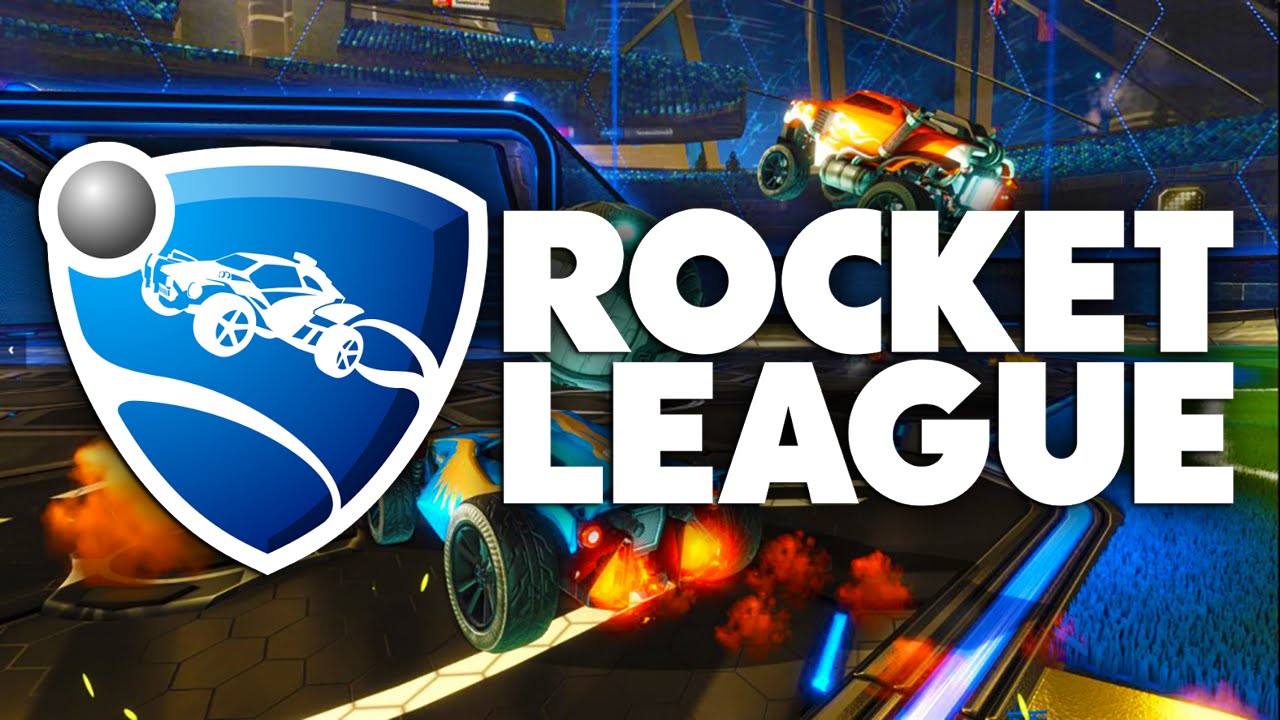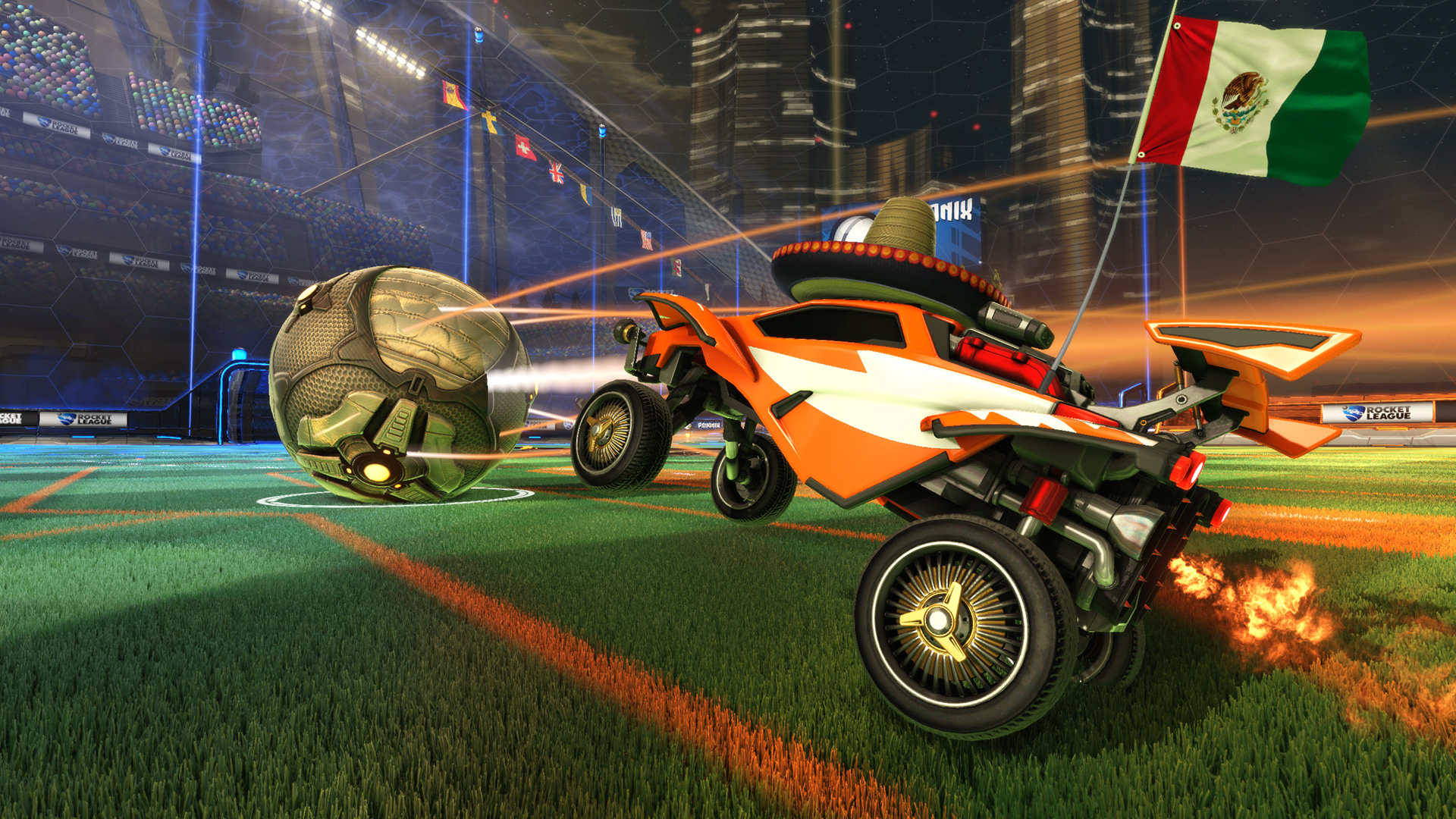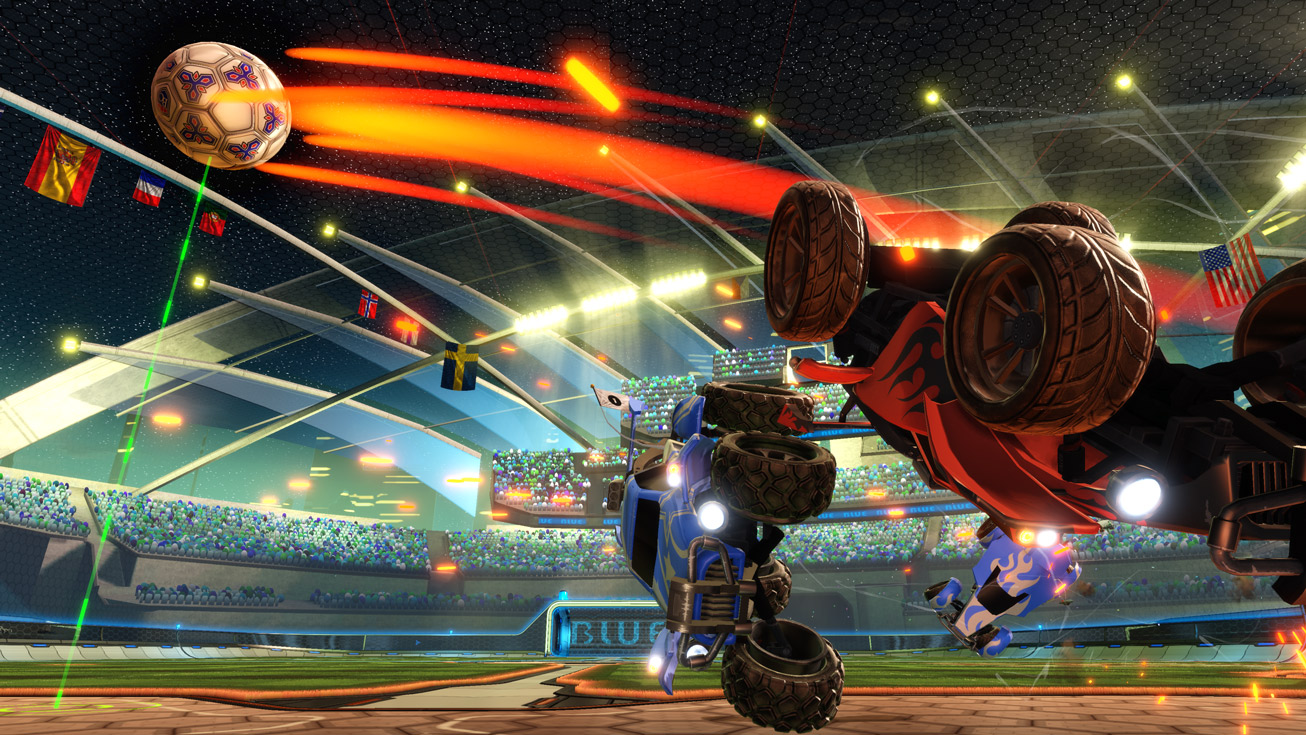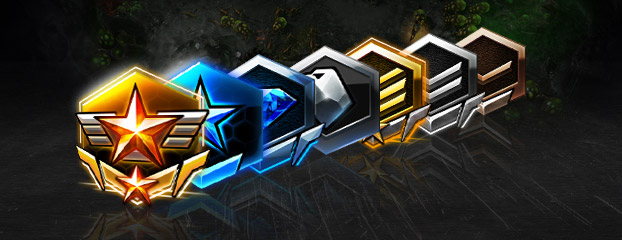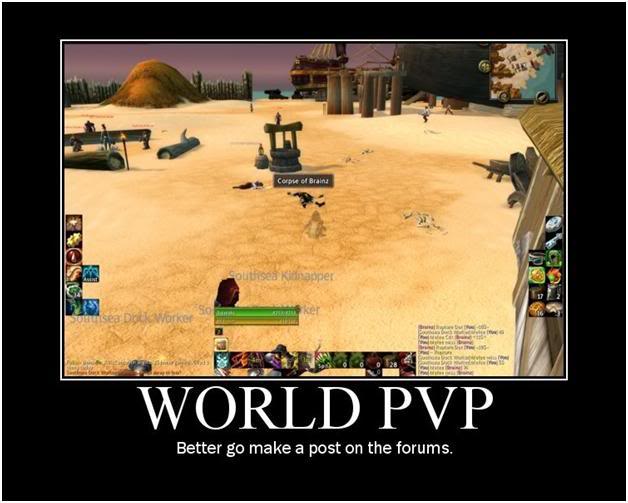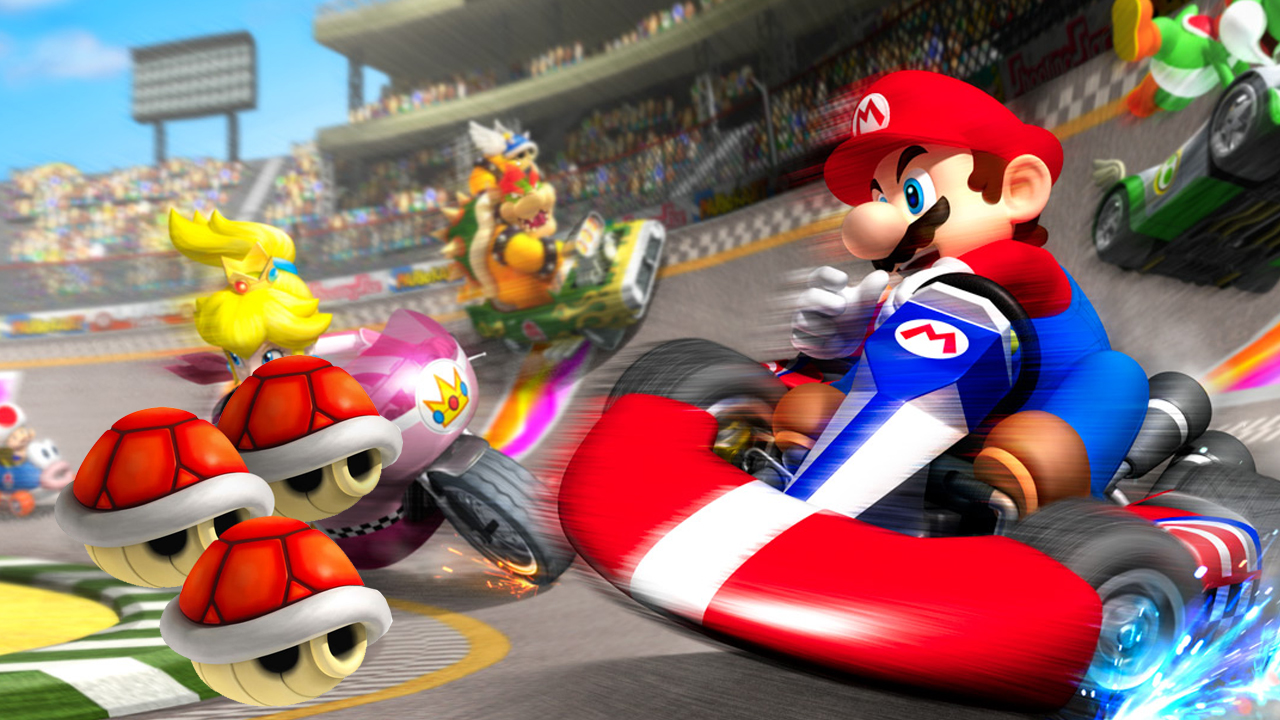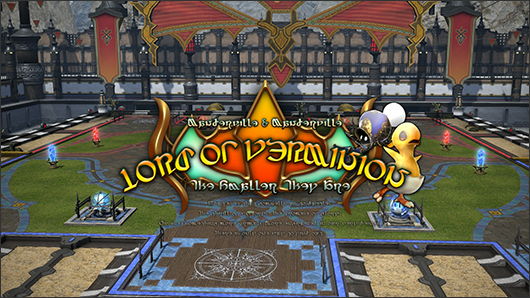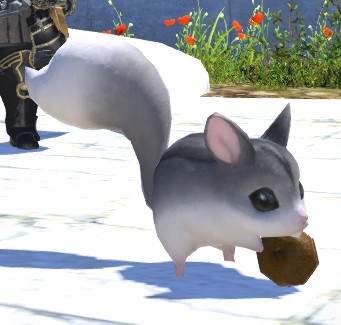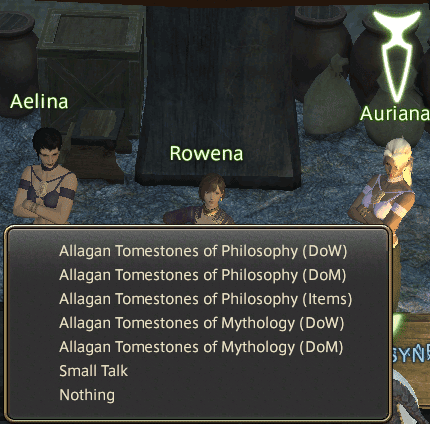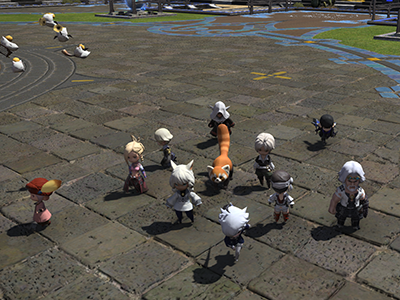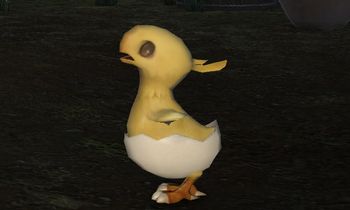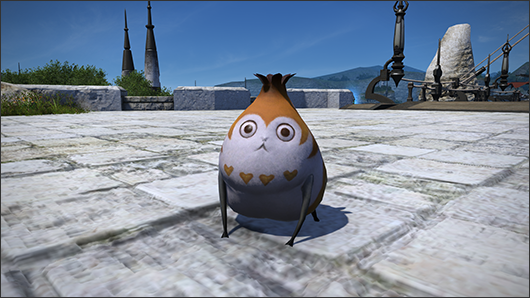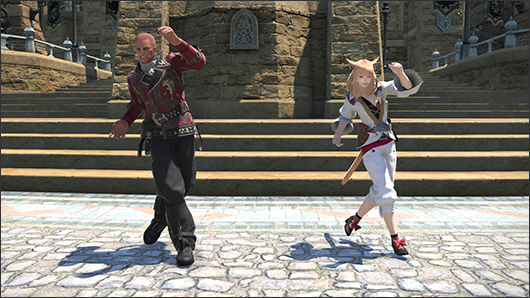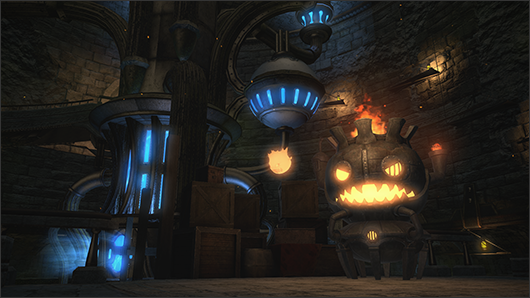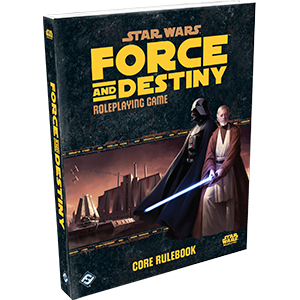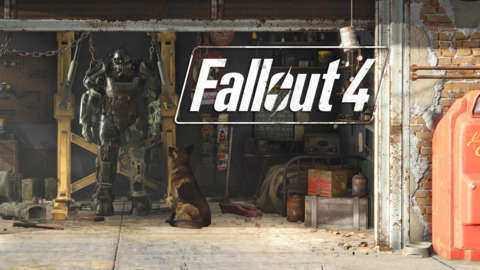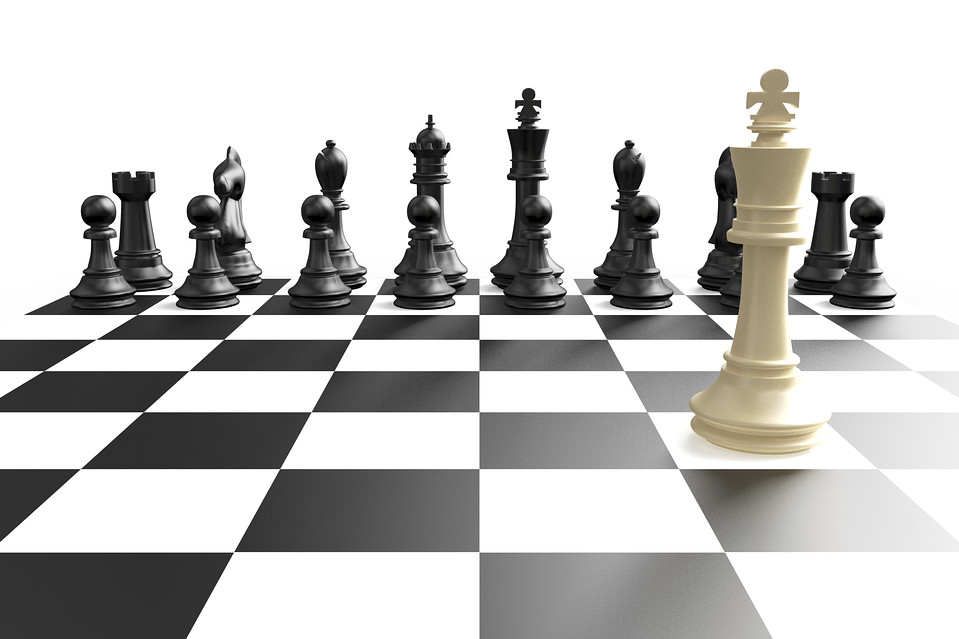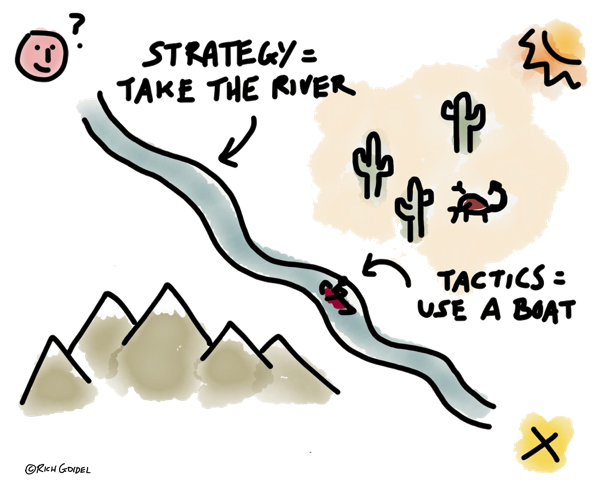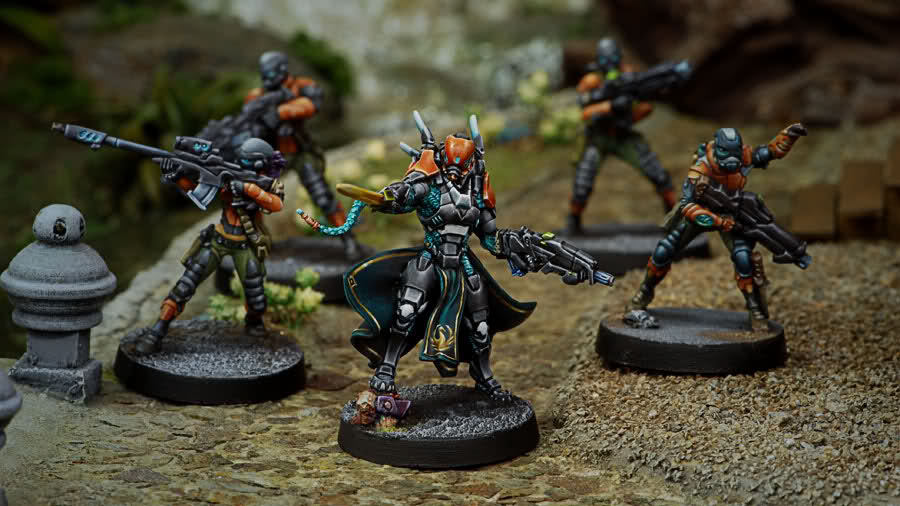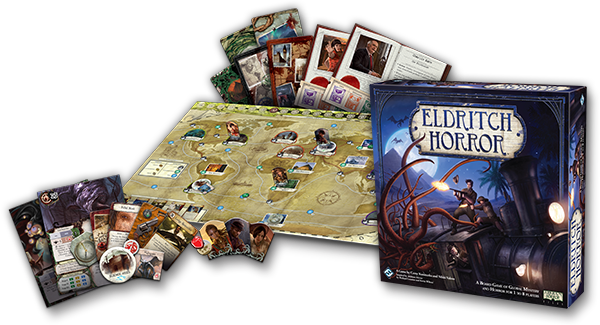(Another bit of short fiction, for my on-again off-again Friday installment. No setting background for this one, I’m trying to practice writing different kinds of characters.)

Saying goodbye was easy. She hadn’t even needed to rehearse it; she’d had plenty of time to prepare. The parting wasn’t a shock, wasn’t unexpected. On a chilly morning in late winter, she said goodbye, and was alone again.
It wasn’t that hard to fall back into a groove. Surprisingly easy, really. She didn’t really want to talk about it, and the people around her didn’t want to pry, or didn’t want to open the wound, or simply didn’t want to deal with her being uncomfortable. It even warmed up in the spring, so the cold wasn’t there to remind her that half of the bed was empty.
Then it was summer. Her morning routine was interrupted by an empty lip gloss container. Her immediate thought was “I need to replace that”, as it had been innumerable times before, but this time it was followed by a smaller, sharper, thought: “why?”
In a moment, perspective shifted, and the morning ritual suddenly felt hollow, meaningless. Weeks, months of suppressed loneliness surged forth like a punch to the gut, and the tears came, unbidden and unwanted. The morning ritual preceded the day; she was on a schedule, there was no time for a breakdown right here, right now. She had places to be, things to do. The tears had ruined the routine, smearing makeup and making it obvious that she’d been crying. Angry, now, with herself for breaking down, with the poor timing, her inconveniently sudden sense of grief, she washed off her makeup with a vengeance and went about her day, trying not to think of herself as suddenly plain.
The world didn’t end, she went about her day without issue. Even when someone commented that she “looked tired”, she simply agreed with them– the weight of the morning hadn’t evaporated. She considered eschewing cosmetics entirely, making that life change that a breakup traditionally spurred. She lasted three days. How do you explain that now, months later, you’re feeling the grief that everyone thought had passed? Plus, she liked the morning ritual, it was a part of her. She did it for herself, not someone else. She wouldn’t compromise who she was.
Then it was autumn. Her shows were back on, and viewing parties were back on the schedule. It was an escape, a way not to be alone. She felt more lonely, recently, and going out with friends should help. She smiled at her married friends, smiled at her friends in new or lasting relationships, enthused the way she always had about romance. It was comfortable, being with friends, and importantly she wasn’t alone. Except… she started to see those little gestures between couples, the little wordless communications, those minute exchanges she had barely noticed before. Each one was a little splinter, a barb, a reminder of what she was missing. By herself, she felt alone, with friends, she was surrounded by reminders that she was, indeed, alone.
She smiled, hid the pain from the little barbs and splinters. How could she, the cheerful proponent of romance, begrudge her friends their healthy relationships? The problem was with her, not them. Keep it in, deal with it.
Then it was winter. She was dating again, or trying to. Not many options, a small number of first dates that never became second ones. Nothing against the people she dated, but no spark. She had her life, she had her schedule; it was hard to meet new people. “Put yourself out there,” her friends would say. “Be someone you aren’t,” she heard. It had been long enough that she didn’t know how to date, what had changed, where to go and what to do and who to look for.
Then it’s a new year. A friend made a remark that should have reminded her of that old good-bye, but she didn’t catch it. A flurry of apologies and confusion and she realized that maybe it should have been a trigger, but it hadn’t been. Maybe she’s over it? Maybe she’s moved on? If so, why does she still feel so alone?
Then it is spring again. The sun shines, the flowers bloom, and a chance meeting sets off fireworks in her mind. She’s excited, elated in a way she’d almost forgotten how to be. It could be a new thing, an escape from the loneliness. She tries to be calm, to keep perspective. She fears scaring this new person away, being too quick, too clingy, too forward. When a chance meeting, no matter how promising, proves to simply be just chance, with no further potential, when she doesn’t see this exciting person again, it’s shattering.
Then it is summer, once again. Despite time relentlessly passing, she remembers the fleeting excitement of the spring, and “puts herself out there,” the way her friends suggested, feeling disingenuous the whole time. She doesn’t care about this cooking class, she’s just here to try to meet people. She doesn’t care about bachata, it’s just a good feeling to be asked to dance. She doesn’t care about going out to this bar, but maybe, just maybe, there’ll be someone there.
She worries that she’s obsessive. She worries that she’ll stay alone. She’s worried that she’s already missed out on the best opportunities. She worries that she’s become pitiful, she worries that everyone can see how pitiful she is. She worries most when she’s alone, and it leads her to stay alone. She worries that this is a self-fulfilling prophecy.
Then it’s fall again. The cycle is familiar, and mostly she can ignore how alone she feels. She has other things to do, other things to think about, other things to worry about. She tells herself she’s coping, she’s concerned with other things, she’s busy. Most of the time she believes herself.
Soon it will be winter. The bed will be cold, and she’ll struggle to remember what it was like when it wasn’t. Maybe she’ll turn the heat up, maybe she’ll fill the bed with pillows, maybe she’ll start reading, or staying up until she’s falling asleep on her feet, before collapsing into bed and passing out too fast to have time to think. Tomorrow is always another day.
Soon it will be tomorrow, the ever-promised other day. The loneliness is background noise; it’s a persistent hum that she’s gotten used to, like the sound of a fan in a room, the sound of someone gently snoring, or the sound of silence. Tomorrow might be different, and if it’s not, it won’t be that much different than today.
That’s good, right?

